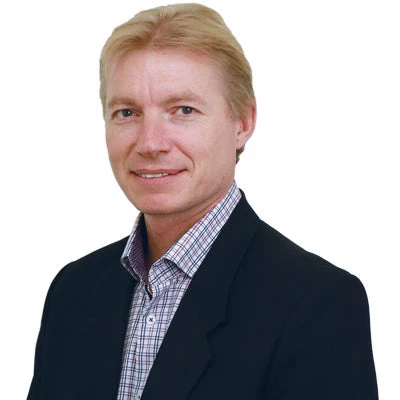For users of water-based sanitation, most of us give little thought to what happens after we hear the sound of the toilet flushing. Wooooosh -- out of sight, out of mind.
Certainly, there is massive benefit to be derived from owning and using a functioning toilet.But what if you were told that there is nothing at the end of the sewage pipe that actually deals with what flows down the toilet? What if you learned that every flush pollutes the environment, and that combined with the chemicals, heavy metals and nutrients from industrial pollution and agricultural run-off, the improperly treated waste was turning rivers, lakes and estuaries into dead zones? Would you think twice next time you flushed?
One glaring example of this is happening now in the Citarum River in West Java. Recently named one of the World’s Ten Most Polluted Places, the Citarum currently provides 40 percent of Jakarta’s water. Yet human and industrial pollution is pouring into the river constantly – and most of that wastewater discharge (64 percent) is from domestic and municipal sources.  Something must be done to address these issues. One critical solution is through long-term investments.
Something must be done to address these issues. One critical solution is through long-term investments.
A new study published by the World Bank’s Water and Sanitation Program found that with investments of US$1.7 billion in toilets, municipal and industrial wastewater treatment over a 20 year period will lead to annual benefits of US$280 million, giving a rate of return of at least 2.3 dollars per dollar invested. River clean-up will not only add to water security and allow ecosystems to return to health, but also provide financial and economic benefits that provide attractive rates of return for investors.
Such numbers are not entirely new, but they do illuminate the broader picture. While previous WSP studies in Indonesia focused on the narrower health and time impacts of poor water and sanitation, this new study illustrates more fully the broader public good nature of water resources and the massive range of beneficiaries from pollution reduction.
Upstream beneficiaries include populations with improved sanitation facilities, businesses that thrive in cleaned up neighbourhoods, and industries that save money on reusing their treated wastewater. The private sector can make business on sanitation hardware as well as recycling and selling products (e.g. sludge, biogas). Downstream, rivers and canals do not get clogged so quickly, treatment costs for municipal utilities sourcing river water are reduced, and riverside property becomes more attractive and valuable.
The catch is that the broad range of beneficiaries means that rarely is anyone ready to act alone. In other words, the overall returns by far exceed the returns of any single player. Such market break-down needs public intervention. This does not necessarily mean government provision, but it does mean government steps forward and motivates or arranges the players – for example, supporting a loan for a service provider, setting or applying a regulation, contracting with the private sector, and so on.
Also, what is measured matters. Targets need to be set. In this regard, many sector players agree that it is time to care more about what happens beyond the toilet, and global target proposals for the post-2015 development period include targets for fecal sludge management specifically, and for wastewater management more generally.
While we must continue to work to improve access to basic sanitation, we also have to make sure that what happens after the flush isn’t simply passing the problem downstream. With the proper investments, governments can help clean up the environment and also add to their bottom lines.
A collaboration between the World Bank, Royal HaskoningDHV and the Asian Development Bank.


Join the Conversation